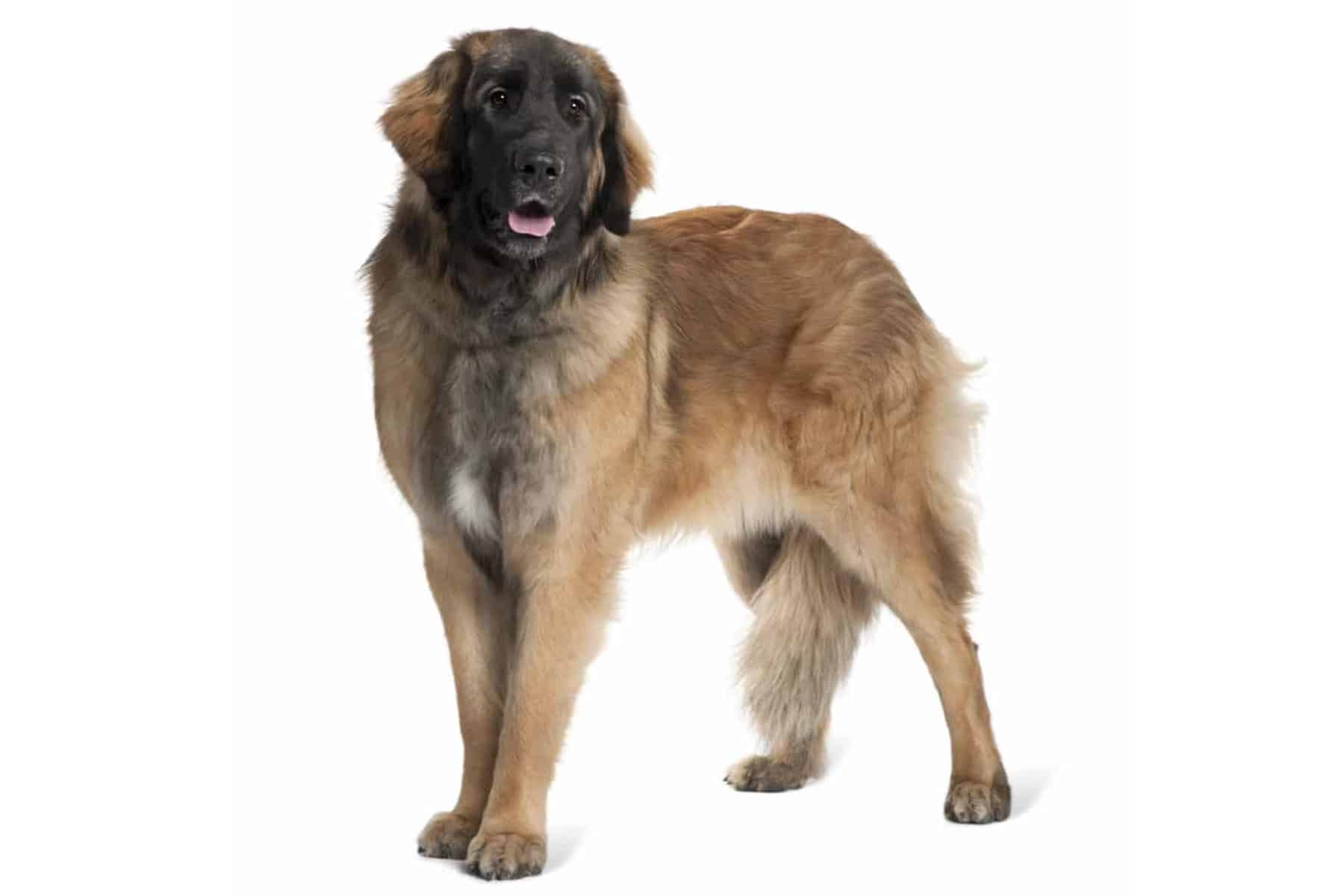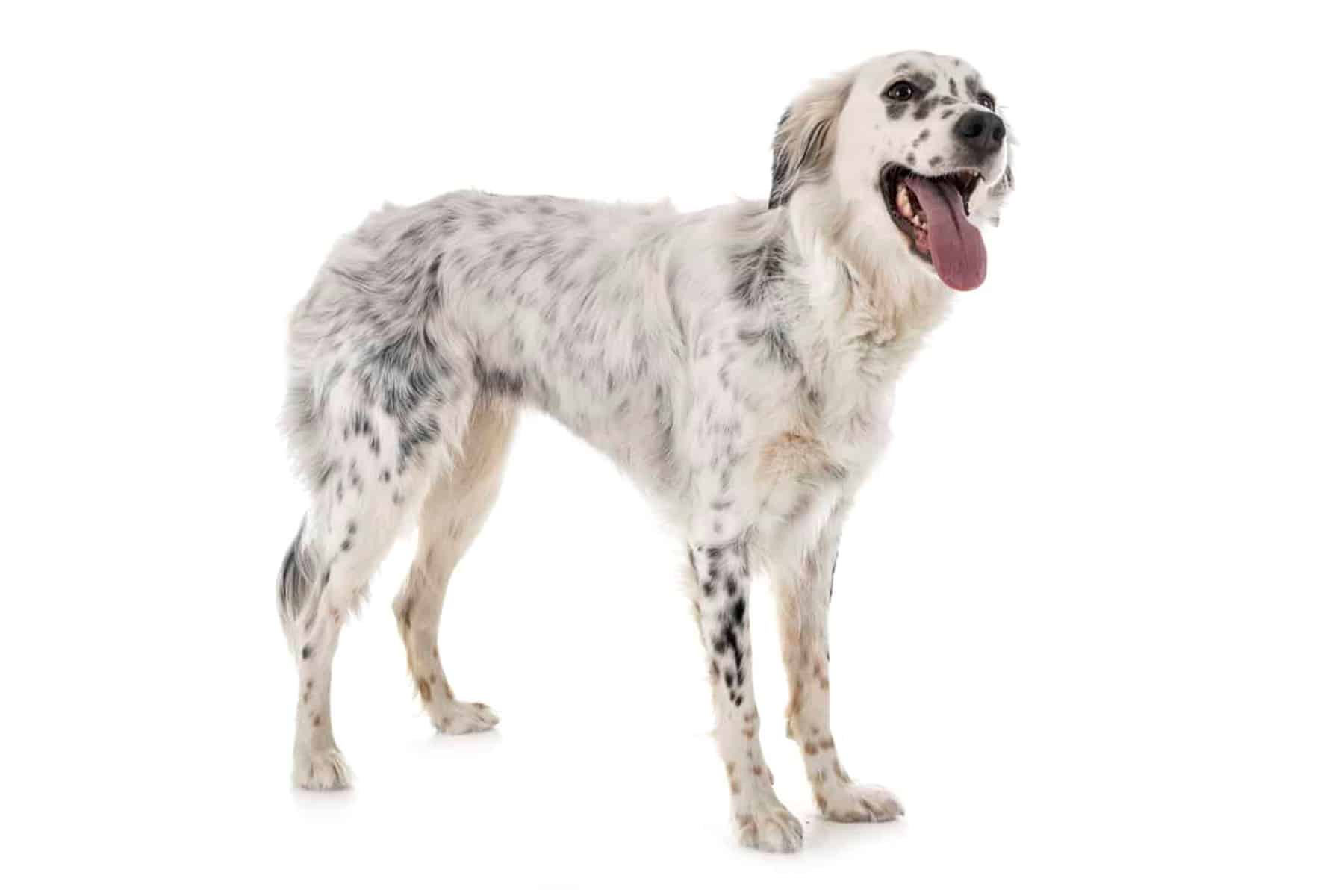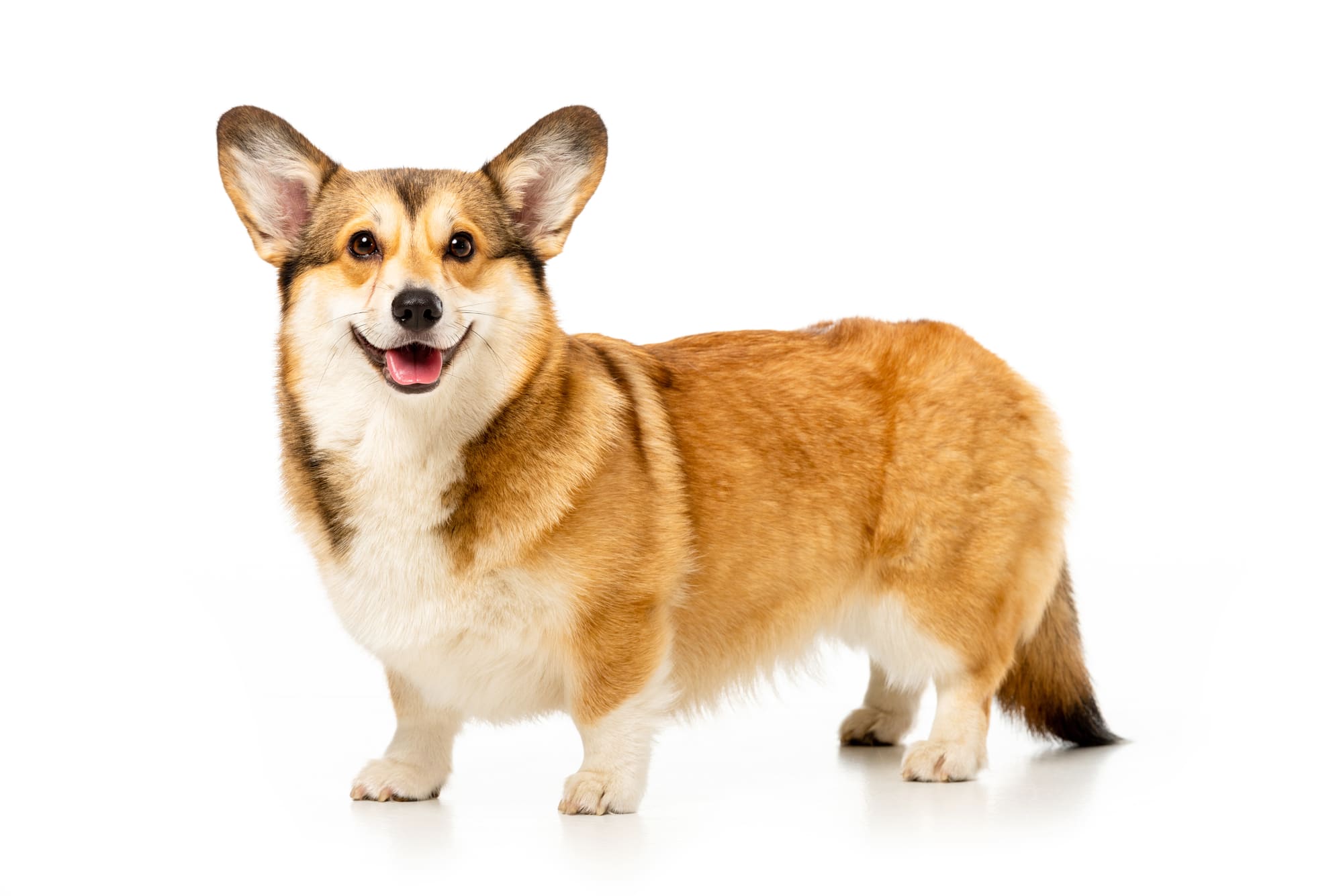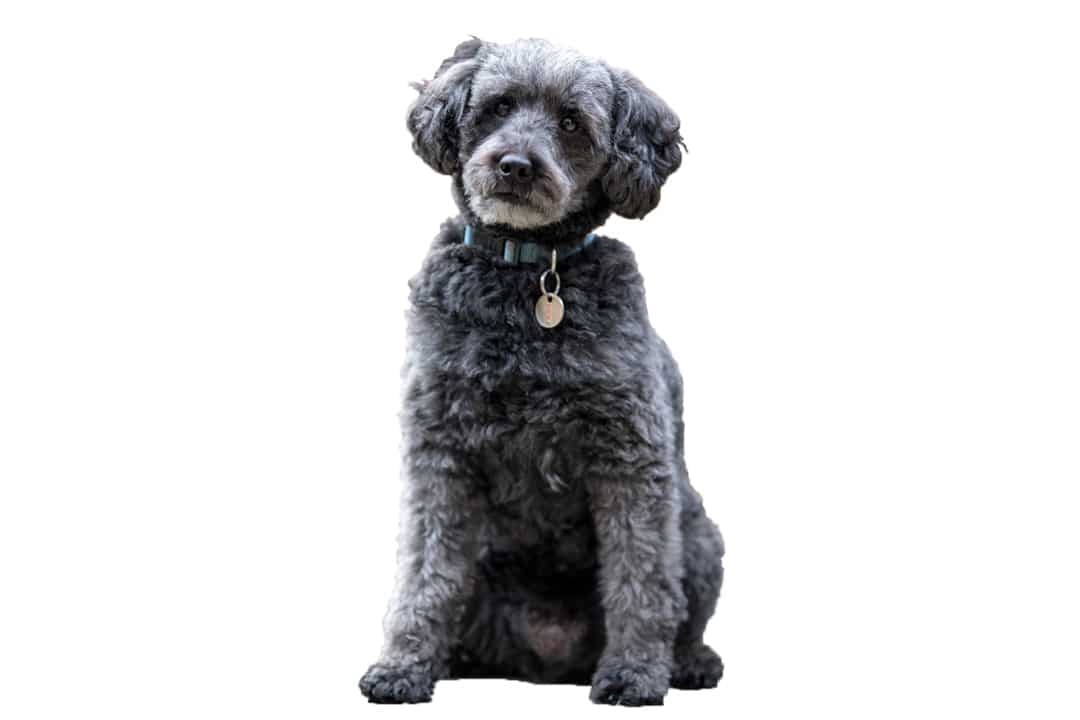Boxer
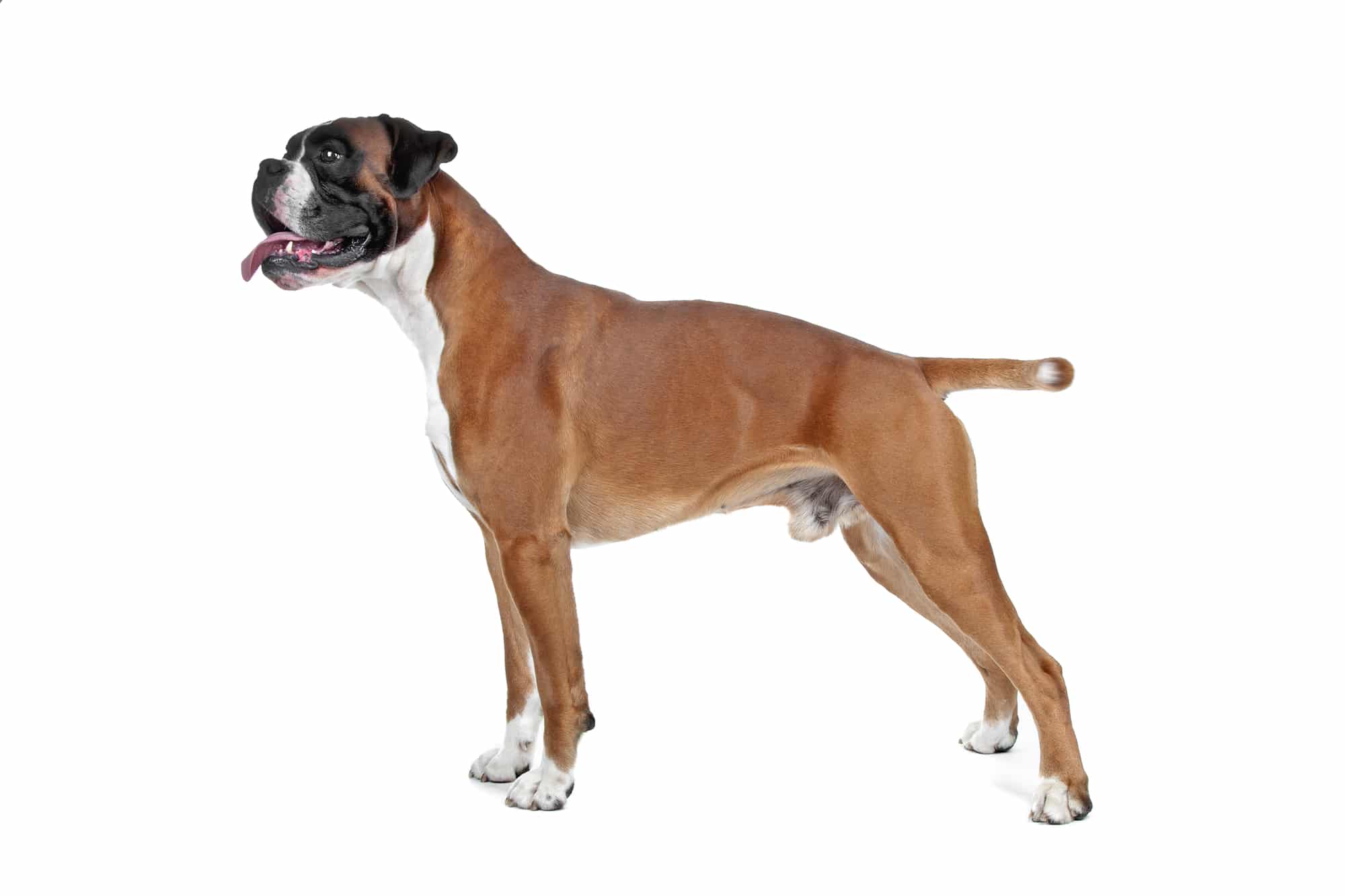

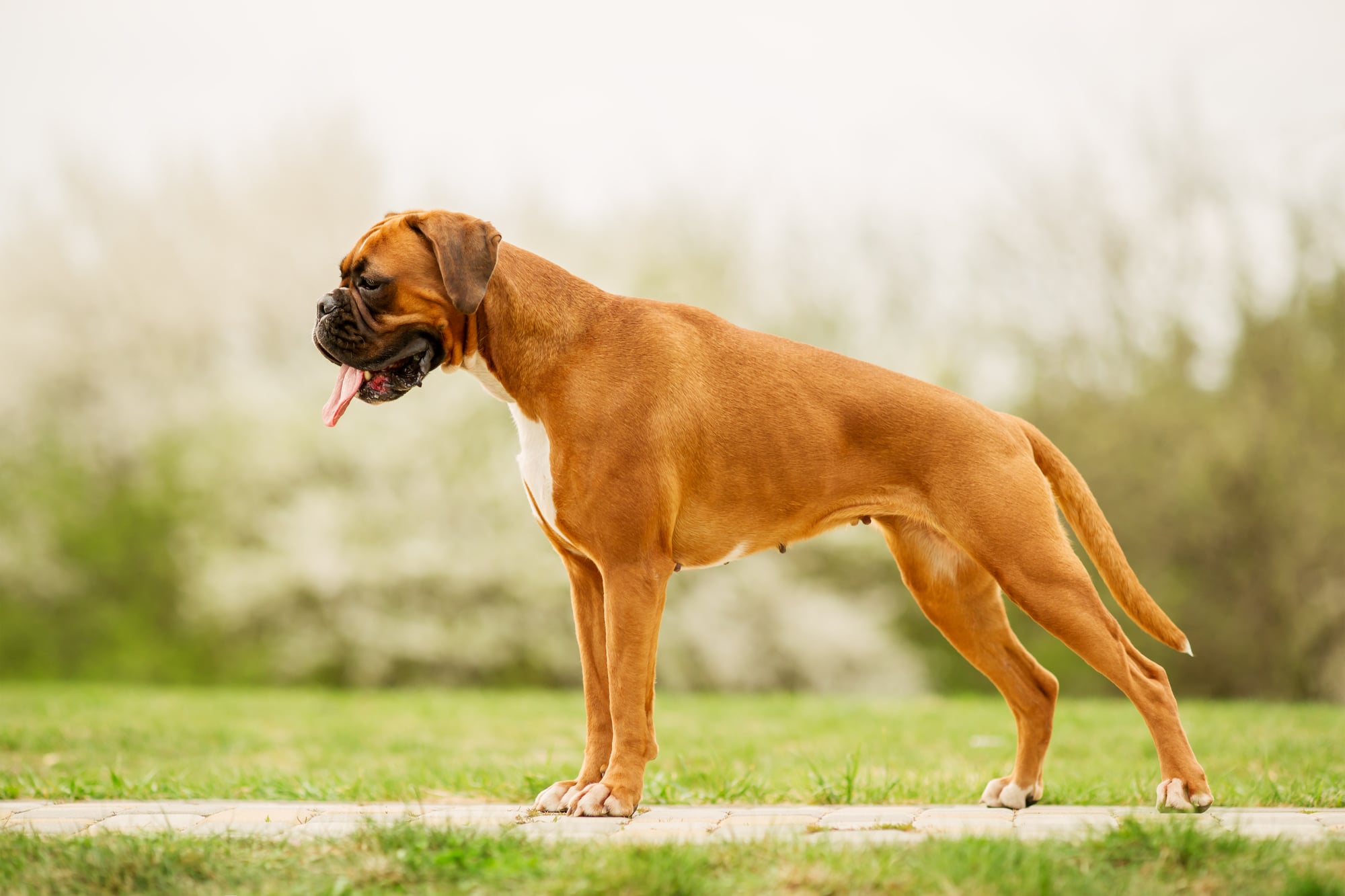
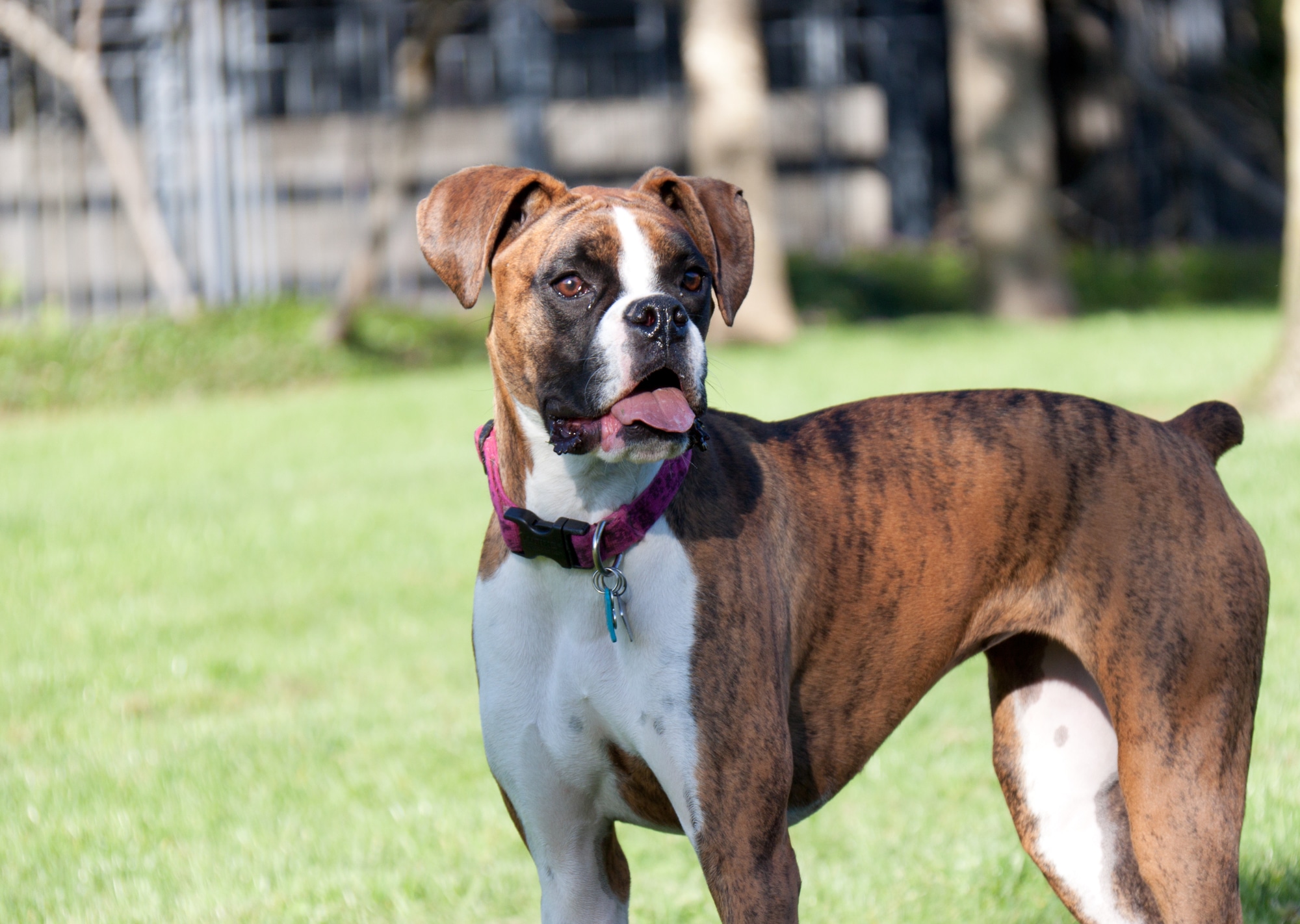
Temperament:
The Boxer is an established dog breed that is particularly popular in Germany. The Boxer is medium-sized, short-haired and strongly built. Its nature is balanced and calm. Today, it is kept as a typical family dog or used as a guard and companion dog.
Characteristics
The Boxer belongs to the Pinscher and Schnauzer group. Males reach a shoulder height of 57 to 63 cm. Bitches are usually between 53 and 60 cm tall. Males reach a weight of over 30 kg, bitches around 28 kg. The coat colors are yellow, brindle, black or white and pied.
The Boxer is stocky and strongly built. It has a short, smooth coat and a muscular, massive appearance. In the past, the ears and tail were docked. Today, this is prohibited in Europe. The ears are small and lie close to the head. The eyes are dark and the muzzle is very broad.
Typical for the appearance of the Boxer is the protruding lower jaw. Another typical characteristic of the Boxer is the drooling. Sometimes the Boxer has white markings or a black mask.
Unfortunately, the Boxer is very susceptible to various diseases. They are prone to hip joint dysplasia, heart disease and arthrosis. Tumor diseases are also diagnosed relatively frequently. In addition, diseases such as OCD or gum hyperplasia occur, as well as brachycephaly, which manifests itself in breathing difficulties.
The Boxer is a very lively and spirited animal. When keeping a Boxer, it is important to ensure that it is kept sufficiently occupied. This includes long walks in the countryside as well as outdoor games to keep the animal busy and challenged.
The Boxer is also known as a family dog, as it is very fond of children and has a peaceful nature. Its protective instinct and patience are particularly noteworthy. He is also very even-tempered and has a strong sense of self-confidence. He is very loyal to his owner, even affectionate and sometimes very sensitive.
The Boxer is also very calm and has strong nerves. It is therefore very suitable as a guard and rescue dog. It is rather suspicious of strangers.
With the right guidance and training, he is very compatible with other dogs and other pets.
Coat care:
Shedding:
Energy level:
Trainability:
Children suitable:
The right food
The diet of the Boxer is generally quite simple. You can use ready-made food without any problems. You can use dry or wet food. It is important that the food contains high-quality ingredients and is balanced. Age, size and state of health usually play a role in the choice of food.
If the boxer is still a puppy, you should definitely choose a puppy food. This is better tolerated and contains the necessary ingredients that the puppy needs for optimal development. You should also divide the meals into smaller portions, as his stomach still has a small capacity. The metabolism also works very quickly at this stage of life. The guideline is 4-5 meals a day.
An adult dog usually receives 2 meals a day.
The amount of feed depends on the manufacturer's recommendations.
The main component of the food should always be high-quality meat.
Health & Care
As the Boxer has a short and smooth coat, it is relatively easy to care for. It is sufficient to brush the coat once or twice a week. This is important to remove dead hair and dirt. In addition, brushing is a welcome massage for the dog, which also strengthens your bond.
The paws also need to be groomed regularly, as dirt and stones can accumulate in the spaces between them. You can also discover small injuries that could become infected when checking the paws. The pads should be creamed from time to time to keep the skin supple.
The Boxer's eyes should be wiped with a soft, damp cloth in the morning to remove incrustations caused by tear fluid. Bathing should not be on the agenda too often, unless the animal is very dirty. Use a special, mild dog shampoo for this purpose.
The teeth also need special care. You can either brush your Boxer's teeth regularly or give him chewing bones and dental care toys. This cleans the teeth and prevents tartar.
Your dog's claws normally wear down when walking on hard surfaces. If this is not the case, you will need to trim the claws. Ask your vet or a dog groomer how to do it properly so as not to injure the animal.
Suitable accessories
To keep a Boxer, you will need a few tools. Basically, this includes a sturdy collar or harness and a tear-resistant lead. You can also purchase a flea collar to protect your dog from annoying flea infestations.
Your dog should have its own basket at home where it can sleep. If you take him with you in the car, make sure that you install a barrier in the trunk and wear a seat belt so that the dog can travel safely.
To keep your Boxer occupied, get various toys such as balls, frisbees or a rope. A separate food and water bowl are also essential accessories.
You should also get some grooming utensils. These include a brush, flea comb, tick tweezers and claw tweezers. Toothbrush and toothpaste as well as dog shampoo and greasy cream to care for the pads.
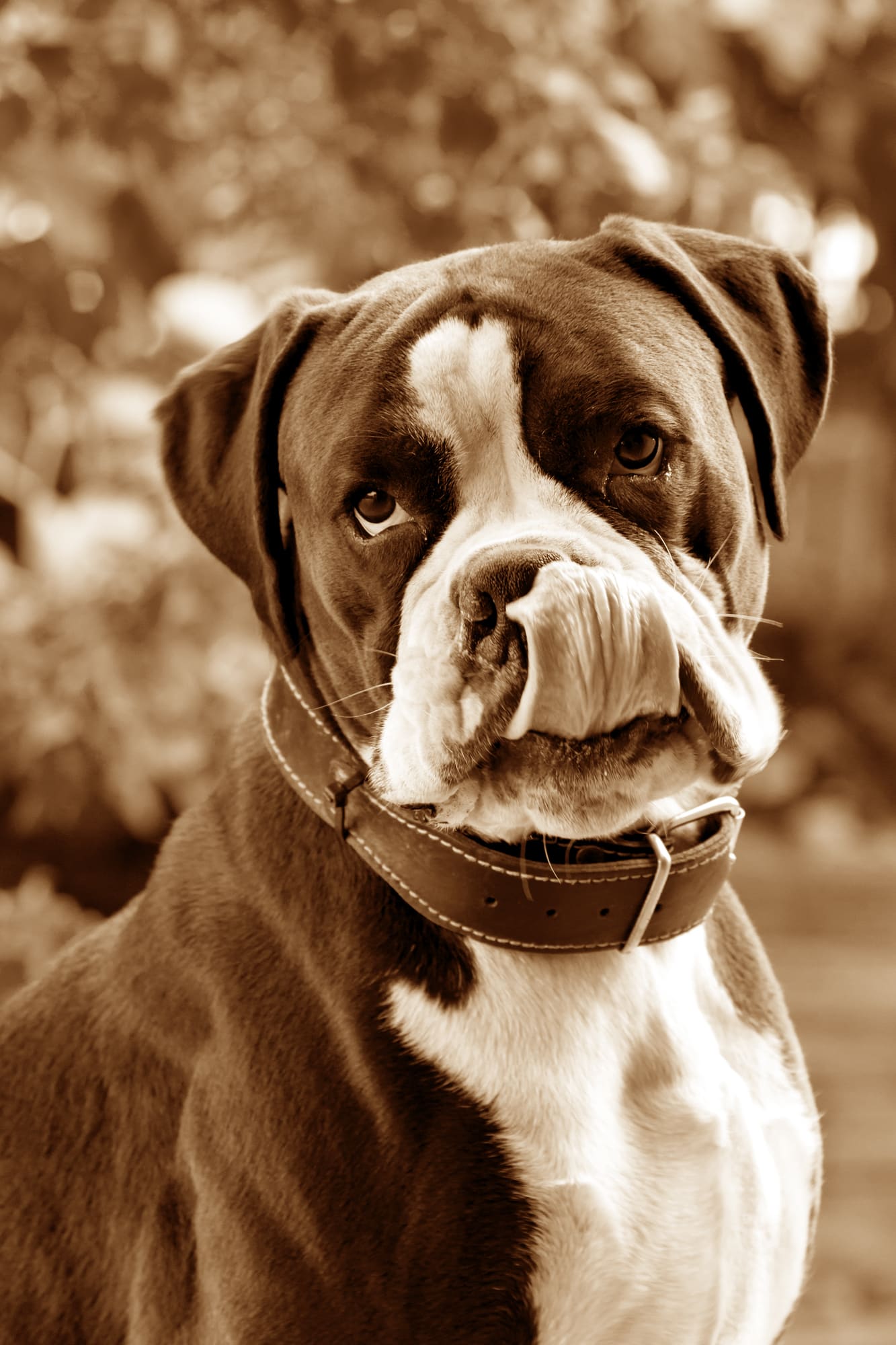
Origin & History
The Boxer was bred in the Middle Ages. At the royal courts of Europe, so-called Bullenbeissers were used to hunt wild animals such as bears or wild boar. The Brabant Bullenbeisser is considered the closest relative of the Boxer. With the advent of firearms, which took over the work of the Bullenbeisser, the breed was no longer so much in demand.
The Bulldog was crossed in and the Boxer was called the "Bierboxer". The Boxer-Klub e.V. was founded in Munich in 1895.
The standards first established in 1904 are still valid today. In 1924, the Boxer was recognized as a service dog breed for the first time.
Today's boxers are all bred by Friederun Stockmann. Boxer clubs became increasingly popular and sprang up all over the world. Various exhibitions and performance tests were initiated by the clubs. There are also national championships and world championships.
